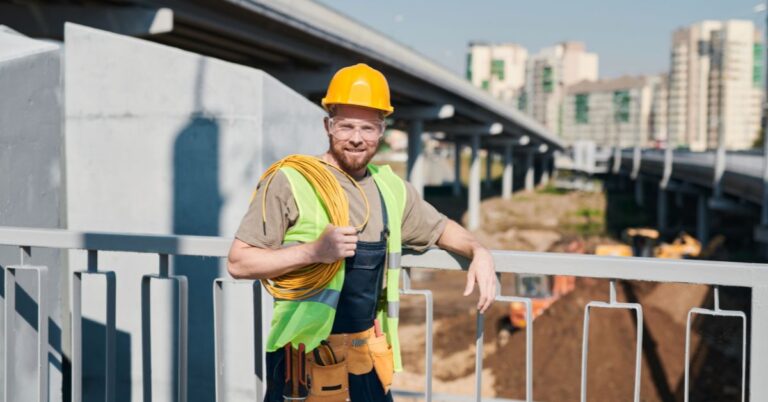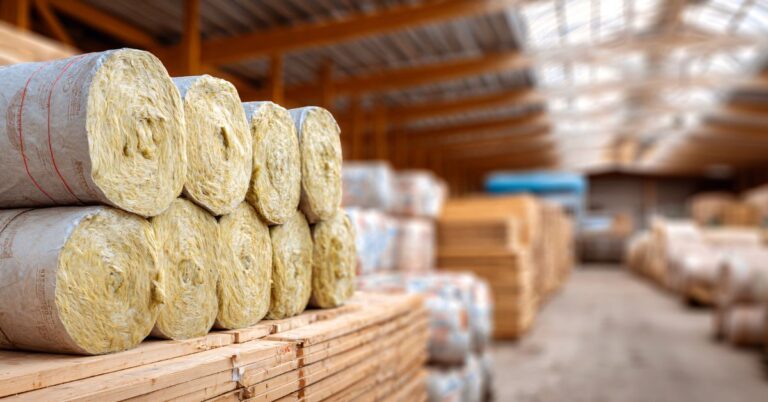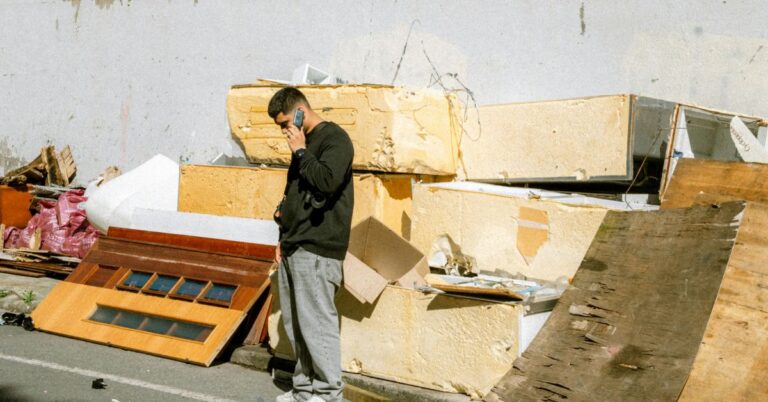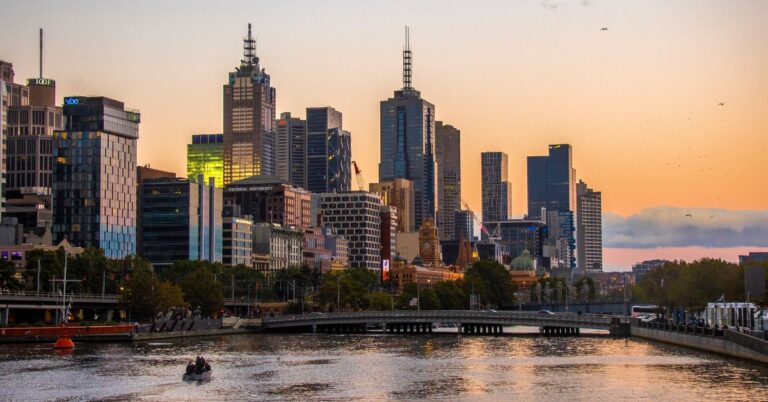Melbourne has long been known as Australia’s design capital — a city where architecture, creativity, and innovation come together. As we move further into the 2020s, modern design trends in Melbourne continue to evolve, blending contemporary aesthetics with functionality, sustainability, and comfort.
Whether it’s bold architectural forms, minimalist interiors, or eco-friendly materials, these current design innovations reflect how Melburnians are redefining the concept of modern living.
1. The Rise of Contemporary Architecture
In Melbourne, contemporary design goes beyond sleek lines and glass façades — it’s about creating meaningful spaces that adapt to modern lifestyles. Today’s architects are focused on balance: integrating aesthetics, sustainability, and livability.
Key features of modern Melbourne architecture include:
- Clean, minimalist forms with geometric precision.
- Natural light maximisation through floor-to-ceiling windows and skylights.
- Open-plan living connecting indoor and outdoor spaces.
- Material contrast — blending concrete, timber, and steel for texture and warmth.
- Smart home integration for convenience and energy efficiency.
These designs not only look impressive but also create comfortable, efficient spaces for daily life.
2. Open-Concept Living
Open-plan layouts continue to dominate modern home designs in Melbourne, offering a sense of spaciousness and flexibility. Living, dining, and kitchen areas flow seamlessly into one another, often extending outdoors to alfresco or courtyard areas.
This concept reflects how Melburnians live — social, connected, and inspired by the city’s outdoor culture. When paired with large sliding doors and energy-efficient glazing, these designs create homes that breathe.
3. Sustainability Meets Style
No architectural trend today is complete without sustainability. Melbourne’s builders and designers are increasingly adopting eco-friendly solutions that don’t compromise on design.
Modern homes now feature:
- Solar panels and green energy systems
- Recycled and locally sourced materials
- Natural ventilation and passive solar orientation
- Water-efficient systems and native landscaping
The result? Buildings that look stunning and perform efficiently — designed to last well into the future.
4. Smart Technology and Home Automation
Design innovations in Melbourne are increasingly focused on technology integration. Smart systems now control everything from lighting and heating to blinds and security.
Homeowners can monitor energy usage, set schedules, and create mood-based lighting with a single app or voice command. These smart features make homes not only more convenient but also more sustainable by reducing unnecessary energy waste.
5. Minimalism with Warmth
While minimalism remains at the heart of contemporary design, Melbourne designers are adding a softer, more inviting touch to it.
The trend is often called “warm minimalism” — combining simplicity with natural elements. Expect to see:
- Neutral palettes with warm undertones.
- Organic textures like timber, linen, and stone.
- Subtle curves in furniture and architecture.
- Layered lighting for ambiance and comfort.
This approach maintains the clean aesthetic of minimalism while ensuring the space feels personal and welcoming.
6. Indoor–Outdoor Flow
Melbourne’s unpredictable weather hasn’t stopped designers from embracing the outdoors. Modern homes are built to connect seamlessly with nature.
Features like large bi-fold doors, courtyards, and outdoor kitchens create flexible spaces for entertaining or relaxing year-round. Natural materials such as timber decks, stone walls, and greenery blur the boundaries between inside and out — a hallmark of modern Melbourne living.
7. Bold Use of Colour and Texture
After years of neutral interiors, designers are reintroducing bold colours and textures to create dynamic, expressive spaces.
Popular elements include:
- Deep greens and terracotta tones for warmth.
- Statement tiles and textured plaster finishes.
- Matte black fixtures for contrast.
- Feature walls with geometric or natural stone patterns.
These choices add depth and personality while maintaining a refined, cohesive look.
8. Adaptive and Flexible Spaces
The pandemic changed how people use their homes — and modern design has evolved accordingly. Designers are creating flexible spaces that can adapt for work, relaxation, or entertainment.
Think multi-functional rooms with movable walls, hidden storage, and modular furniture. These innovations support the growing trend of working from home while maximising limited urban space.
9. Heritage Meets Modern
One of the most distinctive architectural trends in Melbourne is the fusion of heritage character with modern additions. Renovations often retain the charm of Victorian or Edwardian façades while extending into sleek, contemporary living spaces at the rear.
This blend of old and new reflects Melbourne’s personality — a city that respects its past while embracing the future.
10. Artistic Expression in Design
Melbourne’s creative culture heavily influences its design scene. More homeowners are incorporating art-inspired elements — from sculptural lighting and statement staircases to bespoke joinery and curated art walls.
These artistic touches turn ordinary homes into personalised showcases of creativity, making every project unique.
The Future of Modern Design in Melbourne
Looking ahead, Melbourne’s design landscape will continue evolving with technology, sustainability, and lifestyle demands. Expect more biophilic designs that prioritise natural light, greenery, and wellbeing, alongside carbon-neutral building techniques that reduce environmental impact.
Architects and designers are also embracing AI-powered tools for 3D modelling and smart material selection — streamlining the process while improving precision.
Final Thoughts
Modern design trends in Melbourne reflect a city that values innovation, beauty, and balance. From open-plan layouts and sustainable materials to cutting-edge technology and artistic expression, these trends showcase the perfect harmony between functionality and style.
Whether you’re building a new home, renovating, or simply refreshing your space, embracing contemporary design ensures your property stays timeless, efficient, and uniquely Melbourne.
Suggested Image Placements:
- Modern Melbourne home exterior with glass façade (Alt: “modern design Melbourne architecture”)
- Open-plan kitchen and living area (Alt: “contemporary interior design Melbourne”)
- Green rooftop garden on a city townhouse (Alt: “sustainable home design Melbourne”)
Internal Link Suggestions:
- Construction Phases Melbourne
- Sustainable Building Trends
- Renovation Process Melbourne
- Building Process Melbourne
- Modern Building Materials Melbourne
